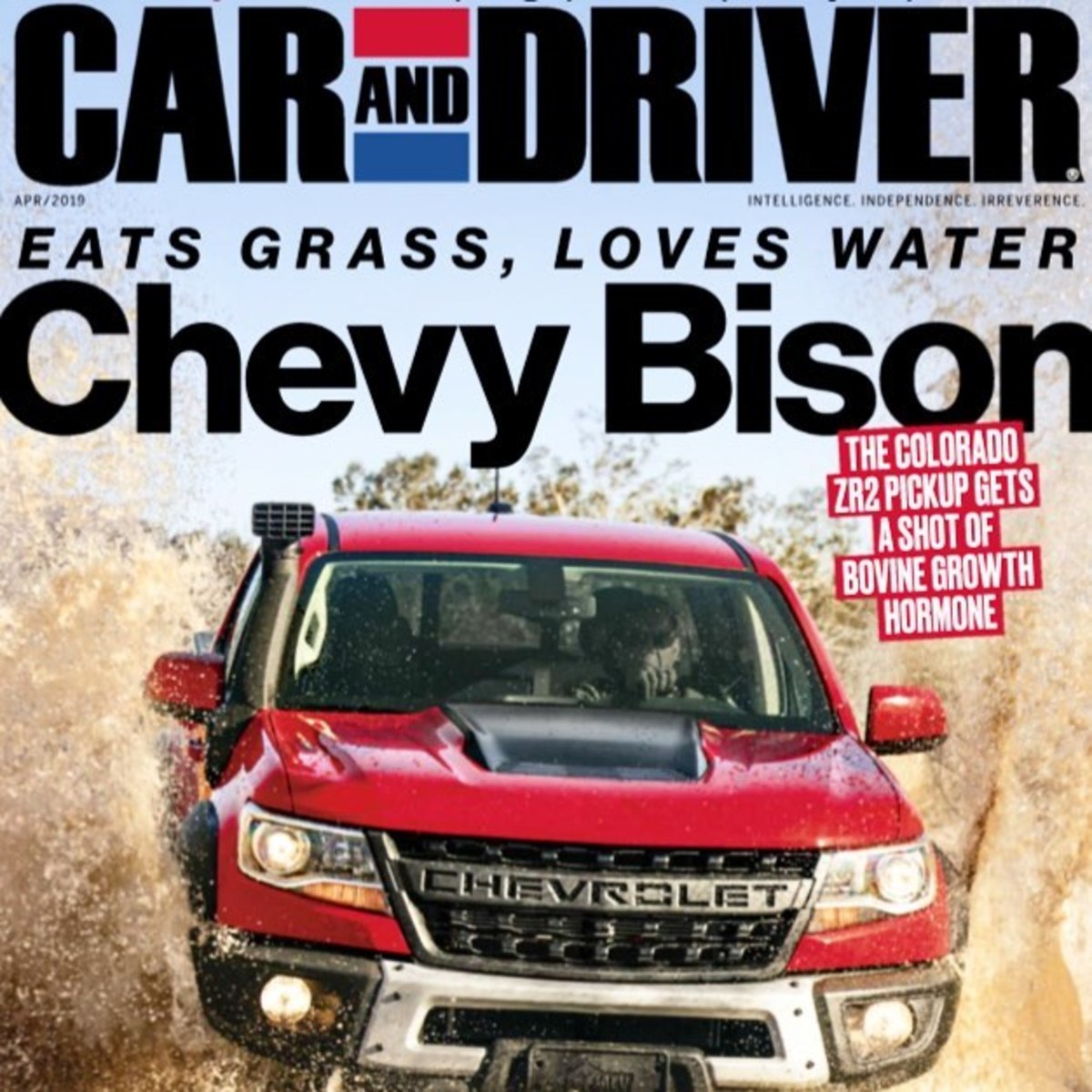How to Write an Article in 30 Minutes Without AI

I don’t really think that anyone, including myself wants to spend over 30 minutes a day when it comes to writing articles or even blog posts. I work full time and come home tired and mentally drained most evenings, with very little time to allow me the opportunity to dig really deep into the hobby that I love. It is possible though to for you to create quality content within a short time, sometimes spending no more than 30 minutes, just like I am writing this article.
I know what you are thinking, you're thinking AI is the key to your future success, but you are wrong, AI is a crutch when it comes to good writing and I don’t think that we should pin all of our hopes and dreams on it, even if it is a handy tool that can support some workflows.
I guess saying that articles can be written in a short amount of time is a bit of a naughty thing to do and I realize that the internet is king and that fantastic content is the key to gaining yourself a seat on that throne, especially when there is such a flood of low quality content out there now.
But when we are so busy trying to strive for that all important work/life balance everything in that takes away from that is a waste of our efforts, I think we all need to take a moment and think if we have struck that balance with what needs to be done and also our creative outlets, and those things that we do to feel like we are putting something out into the work.
I can honestly say that between working full time and the other things that I do to give my life value that sitting down and writing for hours on end isn’t something that I am always willing to do, especially when time is short with work stresses and the added affects of occasionally having to work from home.
I’m not saying that I never sit down when I have the time and spend a heap of time crafting an article or document that I feel is worthy of my time. Sometimes I will sit and write an article for that long or sometimes I will spend that kind of time fleshing out a few different ideas, but sometimes speed is key and having a few quick wins under the belt can really be quite motivating when it comes to the world of content creation.
Pushing out an article or blog post quickly doesn’t have to be at the cost of the quality of the content. There might be slight comprises, but to limit those I have come up with the following tips to help you write articles quickly and be at your creative best.
Keep a jot pad or notebook for your ideas
Throughout an average day, I always find my mind thinking things through or coming up with ideas for articles. So when that idea strikes you in the middle of doing something else, make sure you write it down. I even have a OneNote file running between my devices so that I can make sure that I take it down before it is forgotten.
The good thing with having a Microsoft Surface Pro or an
iPad as well is that I can either type out the ideas or just click the pen and start writing. This is what I find easiest as it is a fluid transition between the idea stage and the content creation stage.
I think that most of the time for content creators can be chewed up trying to find a topic to work on. Half of my friends just have pages of half-developed ideas, just waiting for that moment.

Let your ideas mature & grow
Trying to bring your ideas into the world by sheer force of will isn't the greatest idea. Your amazing idea might not be done baking yet so give it the time that it needs.
It’s not going to take the rest of you life for it to happen. Just mull it over, make sure that you don't fixate and when new and different ideas come to you, make sure that you write them down. The time will come when you are ready to write out your idea in the best way you know how.

Edit before you start
You’ve probably got twice as many ideas as you need at this point, so it’s time to be brutal. Cut out any supporting idea that doesn’t fit with the main topic of the article. Remember, we’re talking about how to write an article in 20 minutes, not an epic. You can always use the ideas you don’t need for later posts.

Use those bullet points but don't over do it
Using Bullet points, or numbered points like “10 travel tips that you need to know”, can also help when it come to creating content that is a lot easier to generate because now you don't have to spend time trying to get all of your ducks in a row as far as moving from one point to another. The other reason they are so good it that as a reader a person can follow the content much easier and doesn't need to concentrate quite as hard.
Keep it short, silly!
If you want to finish that article in 30 minutes, try to keep the word count down. Don’t get lazy though and pull back on the quality of your content, either: Consider the fact that your article or blog post is only going to be 800 - 1000 words, but remember that the content itself will be pure gold. Making this effort means that the whole article will be on point and that the quality will not take a hit.
Come back later
If you find that you’re stuck, don’t try to force the words to come. Save the article and work on something else for a while. If inspiration strikes, open up that document again. You can even switch from one blog post to another, spending a few minutes on each as ideas come to you. It’s a huge time-saver.

Never let a great idea go to waste - Carpe Diem
Seize the day. It’s can be a massive temptation to save your best ideas for some yet to be defined later date just because you think that they might be a quick win and easy to finish. But it turns out that it is just cutting off your nose to spite your face, you want that win now, why not? Do the articles you know will come easily and make the most of that time, it you will still reap the rewards it might just be a little sooner.
Follow these pretty easy steps and you will be well on your way having a nice collection of article/blog posts in pretty short order.
Make sure you share some of your favourite article and blog writing tips in the comments below!
This content is accurate and true to the best of the author’s knowledge and is not meant to substitute for formal and individualized advice from a qualified professional.
© 2019 Paddy Michelson








